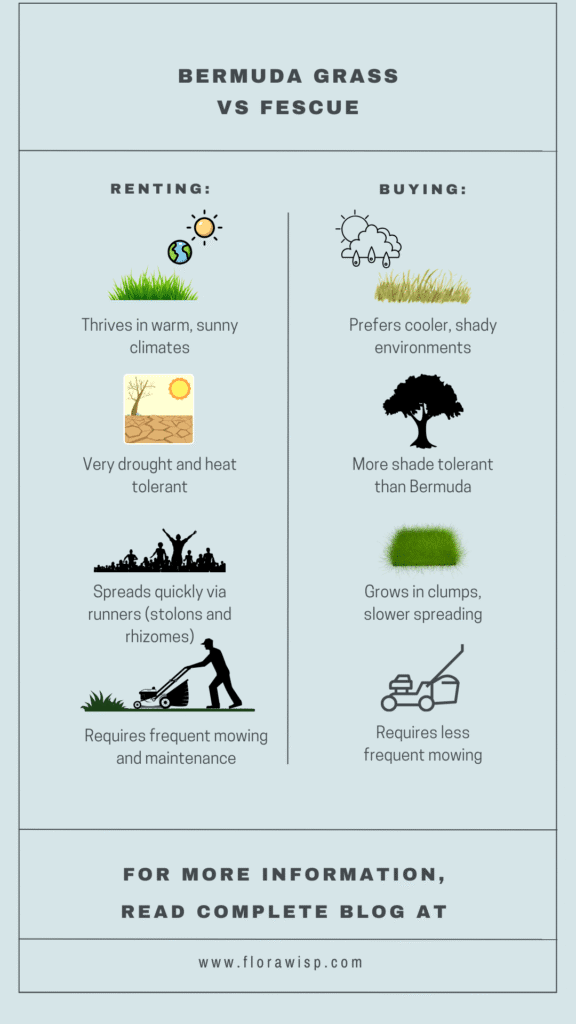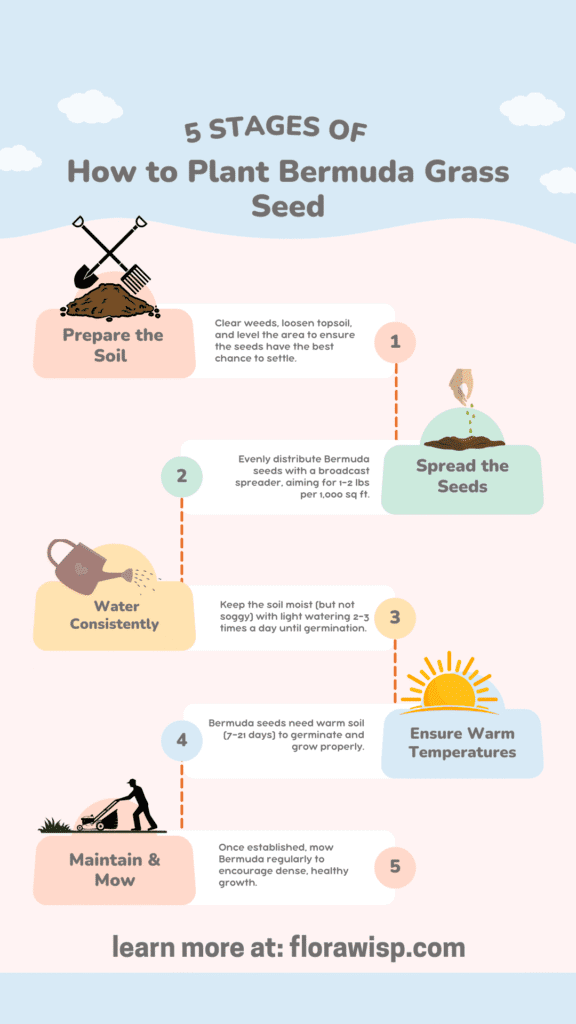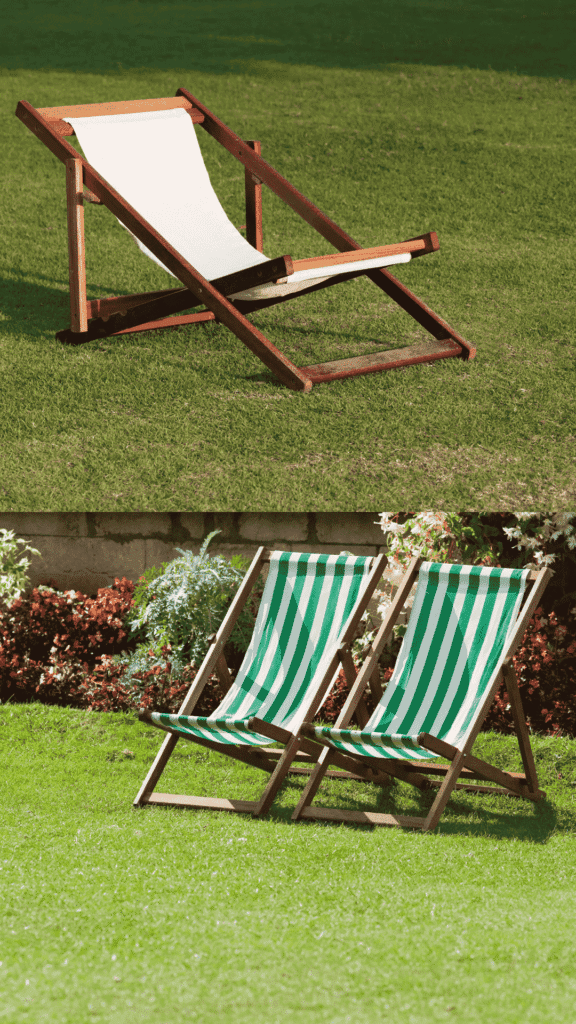To plant Bermuda grass seed successfully, aim for late spring to early summer typically between April and June once soil temperatures consistently stay above 65°F usually when daytime temps hit 85°F or more. I always prefer seed over sod for budget and flexibility, especially in large lawns, though sod offers quicker results if you’re in a hurry.
If you’re looking for how to plant Bermuda grass seed the right way, start by clearing weeds, loosening the top 2 inches of soil, and raking in a thin layer of compost. Then spread the seed evenly, press it down lightly with a roller or your feet, and water twice a day until it sprouts typically within 7 to 14 days. In my experience, consistent moisture and good seed-to-soil contact are key for strong germination and long-term growth.
Whether you’re planting in the South or further up the coast, this quick guide on Bermuda Grass North Carolina covers timing, overseeding tips, weed control, and what’s worked for me in my own lawn.
In This Article
Why Choose Bermuda Grass for Your Lawn?
When it comes to creating a lush, inviting lawn, planting Bermuda grass seed is a smart choice, especially if you live in a warm climate like Florida or other southern regions. Bermuda grass thrives in full sun and stands up well to foot traffic, making it a favorite for busy yards and play areas. It’s known for its quick germination and rapid spreading, so learning how to plant Bermuda grass seed properly can help you cover bare spots efficiently and achieve a uniform look in just a few weeks.
Bermuda grass is also resilient in various conditions. In states like Florida, it can handle the hot, humid summers, while its drought tolerance means you’ll water less once it’s established. However, keep in mind that Bermuda grass in winter tends to go dormant and turns brown, so plan accordingly if you want a green lawn year-round. For detailed tips, see our Complete Guide for a Year-Round Lush Lawn.
If you’re considering a lawn that balances beauty, durability, and easy maintenance, Bermuda grass checks all the boxes. Its resilience and vibrant green color make it a go-to for homeowners who want a natural, healthy lawn that can handle life’s everyday wear and tear.
When and Where to Plant Bermuda Grass Seed
The best time to plant Bermuda grass seed is when temperatures consistently reach 65–70°F (18–21°C) or higher typically in late spring or early summer. This is when soil temperatures are warm enough to encourage germination.
If you’re in Florida or the Deep South, you can start earlier thanks to the warm climate. For those in moderate regions or likely to plant Bermuda Grass in Georgia, timing can vary slightly depending on local conditions. Be mindful that Bermuda grass doesn’t handle cold well and goes dormant in winter.
Practical Tip: I once tried planting in early spring in a cooler zone, thinking the warmer days had arrived. But the soil was still too cold, and germination was patchy. That experience taught me the importance of timing. knowing how to plant Bermuda grass seed means waiting until both air and soil temperatures are truly optimal.
Types of Bermuda Grass: Finding Your Perfect Match

Not all Bermuda grass varieties are the same. Some are more suited for home lawns, while others excel on golf courses or sports fields. Here’s a quick breakdown:
- Common Bermuda Grass: Hardy, drought-tolerant, and perfect for DIY lawn projects.
- Hybrid Bermuda Grass: Finer texture, darker green, but requires more maintenance.
- Bermuda vs. Centipede Grass: Centipede is slower-growing and better for low-maintenance lawns, but Bermuda handles traffic better.
- Bermuda vs. Fescue: Fescue is a cool-season grass, so if you’re in a warm region, Bermuda wins for summer resilience.
Step-by-Step: How to Plant Bermuda Grass Seed

Ready to transform your lawn? Here’s how to plant Bermuda grass seed the right way:
Prepare the Soil
- Remove existing weeds and debris (I usually use a rake and weed killer a couple of weeks before planting).
- Loosen the topsoil (about 1–2 inches deep) to help seeds settle.
- Level the area to avoid pooling.
Sow the Bermuda Grass Seeds
- Spread the seeds evenly using a broadcast spreader.
- For overseeding bare spots, lightly rake the seeds into the soil.
- Aim for 1–2 pounds of seed per 1,000 sq ft.
Watering and Germination
- Keep the soil consistently moist but not soggy.
- Water lightly 2–3 times a day until seeds germinate (usually 7–21 days).
- Bermuda grass germination thrives when soil temps are consistently warm.
Overseeding Bermuda Grass for a Thicker Lawn

Overseeding is my go-to strategy to revive a thinning Bermuda lawn. By spreading additional seeds over existing grass, you can thicken the turf and improve its appearance. It’s especially effective after stress periods like drought or heavy foot traffic.
Pro Tip: I overseed in early fall to give the new seedlings a head start before winter dormancy.
Bermuda lawn calendar
One of the biggest mistakes I see homeowners make is treating Bermuda grass care like a one-time task. But truthfully, success comes from following a seasonal routine. That’s where a well-structured Bermuda lawn calendar becomes your secret weapon. It gives you clarity on when to mow, fertilize, aerate, overseed, and water based on your region’s climate and your lawn’s growth cycle.
Here’s a simple breakdown I personally follow and recommend to clients:
- Early Spring (March–April): Scalp the lawn, remove debris, apply pre-emergent weed control.
- Late Spring (May): Begin fertilizing with a nitrogen-rich blend once green-up starts.
- Summer (June–August): Maintain weekly mowing, deep watering, and apply insect control if needed.
- Fall (September–October): Light overseeding if needed, apply potassium-based fertilizer to strengthen roots before winter.
- Winter (November–February): Bermuda goes dormant; avoid fertilizing, but keep weeds in check.
Following this kind of calendar not only reduces guesswork but also prevents lawn stress and keeps your Bermuda turf looking vibrant through every season.
Now, if you’re starting from scratch or repairing large patches, you might be wondering: Where can I find high-quality sod without the hassle? When I first established my lawn, I searched for Bermuda sod near me to avoid shipping delays and ensure the sod was adapted to my local climate. Buying locally doesn’t just support nearby growers it usually means fresher sod and better survival rates.
Pro Tip: Before purchasing, always ask for the sod variety, date of harvest, and whether it’s weed-treated. A reputable local supplier will know exactly what performs well in your soil and sun conditions.
Dealing with Weeds and Shade Challenges
- Killing weeds in Bermuda grass: Use selective herbicides safe for Bermuda grass. Avoid broad-spectrum killers that might damage your lawn.
- Does Bermuda grass grow in shade? Unfortunately, not well. Bermuda prefers full sun and struggles in shaded areas. If you have shady spots, consider using shade-tolerant alternatives or trimming trees to let more light in.
Bermuda Grass Care: Long-Term Lawn Health & Beauty
Once your Bermuda grass is up and growing, the real work begins: caring for it consistently to keep it lush, green, and healthy. But it all starts with knowing how to plant Bermuda grass seed correctly. Whether you’re in Florida, Texas, or any warm U.S. region, consistent care will help your lawn stay vibrant and resilient through every season.
Here’s how to take your Bermuda lawn from good to great
Regular Irrigation: Striking the Right Balance
Bermuda grass thrives on moderate watering, Too little, and it turns brown; too much, and you risk shallow roots and diseases.
- Deep, infrequent watering is best. In my experience, watering 1–1.5 inches per week encourages deeper root growth and resilience during dry spells.
- Early morning watering minimizes evaporation and fungal issues.
- In particularly dry areas (like parts of Texas), increase watering frequency slightly during peak summer heat.
Mowing for Density and Health
Consistent mowing is key to maintaining a dense, carpet-like lawn.
- Mow at 1–1.5 inches for home lawns; golf-course varieties may need closer cutting.
- Mow frequently at least once a week during the active growing season to avoid scalping and promote lateral growth.
- Keep mower blades sharp; dull blades tear grass, creating brown tips and vulnerability to pests.
From personal experience, I’ve found that mowing too low in high heat stresses my Bermuda grass, so I adjust the height slightly in July and August.
Aeration and Thatch Management
Aerating Bermuda grass annually especially in compacted soil areas improves water absorption and root growth.
- Use a core aerator in late spring or early summer when Bermuda grass is actively growing.
- Manage thatch buildup (excess organic matter at the soil surface) by dethatching every couple of years.
I’ve seen homeowners skip aeration, only to face patchy, struggling lawns. Trust me, a well-aerated Bermuda lawn looks fuller and feels better underfoot.
Pest and Disease Control: Staying Vigilant
Bermuda grass is hardy, but it’s not invincible.
- Watch for signs of armyworms, grub infestations, and fungal diseases like dollar spot or brown patch.
- Apply targeted treatments as needed. For example, a beneficial nematode application in late spring helped me naturally control grubs.
- Proper watering and mowing help prevent many pest issues from the start.
Seasonal Transitions: From Winter Dormancy to Spring Revival
Bermuda grass goes dormant in winter, turning brown but not dead.
In southern U.S. zones, you might see it start greening up as early as March.
To encourage strong spring growth:
Rake off debris as soon as temperatures warm.
Light fertilization after the lawn greens up.
Overseed in fall (if desired) to maintain density.
I’ve personally found that early spring scalp mowing (cutting the dormant grass short) can speed up the green-up, but only if done carefully.
Practical Tip: Mulching Clippings
Instead of bagging clippings, mulch them back into the lawn.
- This naturally returns nutrients to the soil, reducing fertilizer needs and improving soil health over time.
- It’s also a time-saver, I switched to mulching last year, and my Bermuda lawn look greener with less effort.
Pro Tip: Observing Your Lawn’s Signals
A successful Bermuda lawn isn’t just about sticking to a schedule; it’s about watching how your lawn responds.
- If it’s turning pale green, it might need nitrogen.
- If you see mushrooms, watering may be excessive.
- If traffic areas thin out, overseed and reduce compaction.
I always tell homeowners: Your lawn talks to you. Learn its language, and you’ll master Bermuda grass care.
Fertilizing and Maintaining Bermuda Grass
- When to fertilize Bermuda grass? Start in late spring, after the grass has greened up. Apply a high-nitrogen fertilizer every 6–8 weeks during the growing season.
- Regular mowing (to about 1–1.5 inches) encourages thick growth.
- Aerate annually to reduce soil compaction and improve water absorption.
FAQs
When to plant Bermuda grass seed?
The best time to plant Bermuda grass seed is when soil temperatures stay consistently between 65°F and 70°F, usually in late spring or early summer. This ensures the soil is warm enough for seeds to germinate. In southern U.S. regions like Florida or Texas, you can start a bit earlier, as temperatures warm up faster.
How to plant Bermuda grass seed?
Start by preparing the area, spread Bermuda grass seeds evenly over the prepared area, using about 1–2 pounds of seed per 1,000 square feet. Lightly rake the seeds into the soil to help them settle. Keep the area consistently moist with light watering 2–3 times a day until germination starts, usually within 7–21 days. Once seedlings appear, reduce watering gradually.
When to fertilize Bermuda grass?
Begin fertilizing Bermuda grass in late spring when it starts greening up after dormancy. Use a high-nitrogen fertilizer every 6–8 weeks during the active growing season to support lush growth. In hotter regions like Florida or southern Texas, you may need to start earlier. Avoid fertilizing too early in spring or too late in the season to prevent stressing the grass or encouraging weeds.
Will Bermuda grass grow in shade?
NO, Bermuda grass thrives in full sun and struggles in shade. It’s a sun-loving grass, and even partial shade can lead to thinning and patchy areas. If you have shady spots, consider trimming nearby trees or planting a more shade-tolerant grass like St. Augustine or Zoysia in those areas. In my own experience, even small shady patches under trees need extra care or alternative ground cover to stay green.
Final Thoughts
How to plant Bermuda grass seed naturally is all about following the right steps with a little bit of patience and care. As an experienced gardener, I can tell you that the process isn’t just about tossing down seeds and hoping for the best. It’s about preparing your soil, choosing the right time, and maintaining your lawn with love and attention. Bermuda grass, with its resilience and beauty, rewards you when you give it the care it needs.
Here’s a personal tip: after sowing, lightly compact the soil with a roller or even your feet to ensure good seed-to-soil contact. It helps with even germination and better growth.
Your lawn is like a living canvas, and I hope with this guide, it thrives into the lush, green space you’ve always wanted. And if you’re looking for region-specific advice, don’t miss our guide on Bermuda Grass in Texas for tailored tips that work best in Southern climates. Happy planting, and may your Bermuda grass grow thick and healthy!

